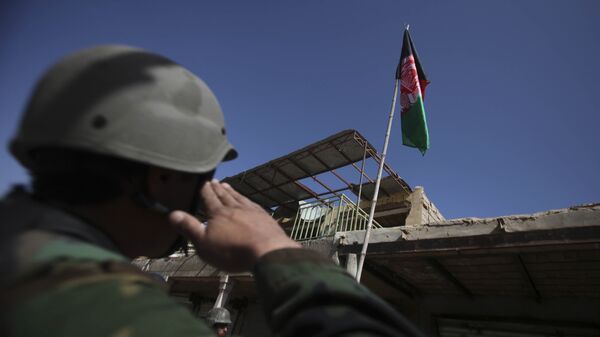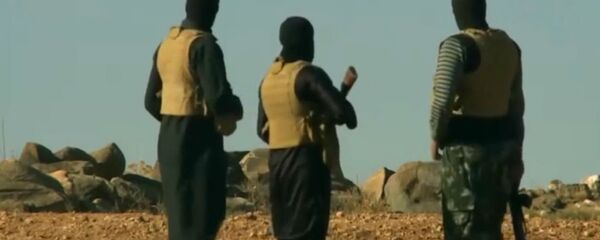The US military presence in the region is set to be cut in half by the start of 2017, but recent developments could alter the plan.
"US plans of withdrawal," Hathaway commented, "are being reviewed." According to Hathaway, General John Nicholson is taking an assessment which he will report to the White House early this summer, after which the US government will decide whether to stick to the original plan or to slow the withdrawal.
"There is a sentiment in US to slow down this withdrawal," Hathaway added.
Asked whether, instead of training, the US troops should engage the Taliban on the ground, Hathaway suggested that, "in some important ways, US troops are engaging Taliban today. There have been a couple of US deaths this year in Afghanistan, even though the actual combat operations there for the American troops were supposed to have ended in 2014.
"There is still fighting, the principal purpose [of the US forces] remains one of conducting counter-terrorist operations and train and otherwise assist the Afghan security forces."
In the meantime, Afghan Defense Minister Masoom Stanekzai has confirmed plans to relocate government troops throughout the country. According to Stanekzai, it made little sense to spread forces across sparsely populated districts in the Helmand province, from which the troops pulled out in February.
Asked whether this is an attempt to rebrand a retreat, Hathaway noted the "groups of Taliban that roam the area virtually at will, even though the Afghan forces were dispersed at checkpoints throughout the region."
According to the strategist, the relocation announced by Stanekzai "is not retreat so much as simply concentrating forces in a small number of geographical areas. In a way, this does reflect an admission in a part of Kabul that previous strategy simply was not working."



